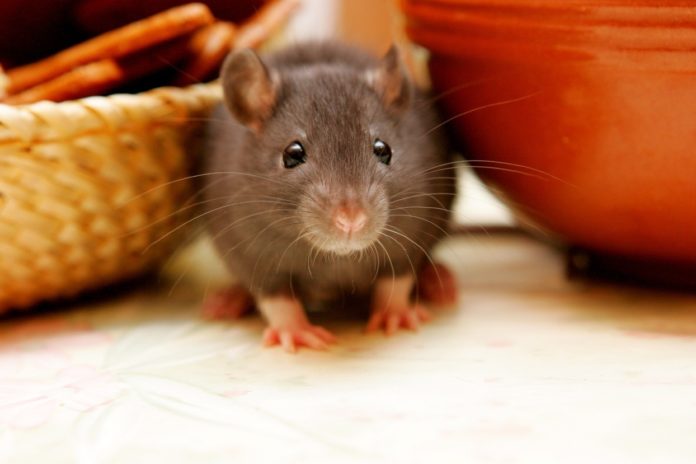
Traps, boards, and baits are the three most popular forms of rodent control. But are these effective, and how can these be made more effective?
Fresh gnawing on wood and plastic, feces droppings and tracks are all indications that mice have invaded your home. If you make closer inspections, you will likely see nests, too, which are typically made of fibrous materials like fine shredded paper and fabric, not to mention that there’s a subtle yet unmistakable musky odor.
At this point, you will be looking at the best rodent control measures because mice are, indeed, unwelcome household pests. You have three choices, namely, traps, boards, and baits, each of which has their pros and cons that affect their overall effectiveness. Here are a few considerations that you will want to look into before making your choice.
Traps
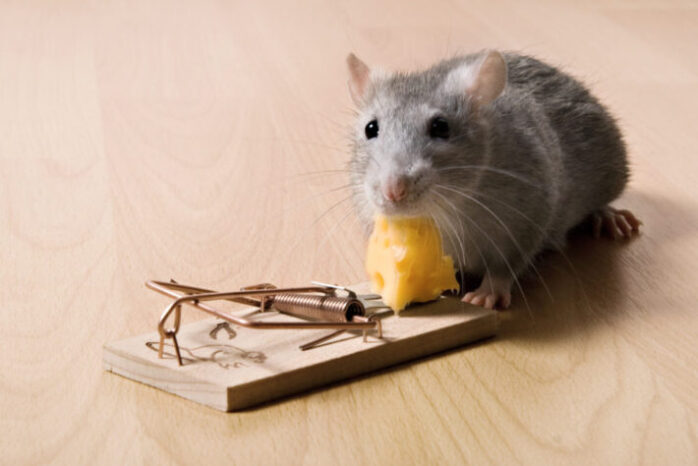
In general, trapping is the most effective control method, particularly with a small mouse population. Traps have several advantages, too:
- These don’t depend on rat poison, an inherently dangerous substance that can affect pets and children when accidentally ingested. Experts also do not recommend rodent or rat poison either, as can be seen here.
- These allow the user – you, the homeowner, or the pest exterminator – to check whether the mouse has been trapped or not, as well as to transfer the traps, when needed.
- These allow for safe, secure, and fast disposal of the mice’s dead carcass, if any, thereby preventing the rancid smells that come with dead mice that cannot be located (i.e., killed via poisoning).
But traps also mean setting them up, checking their contents and disposing of the mice, whether they are still alive or already dead depending on the type of trap used. These aren’t exactly for squeamish people who dislike, if not hate, direct contact like seeing and handling of rodents.
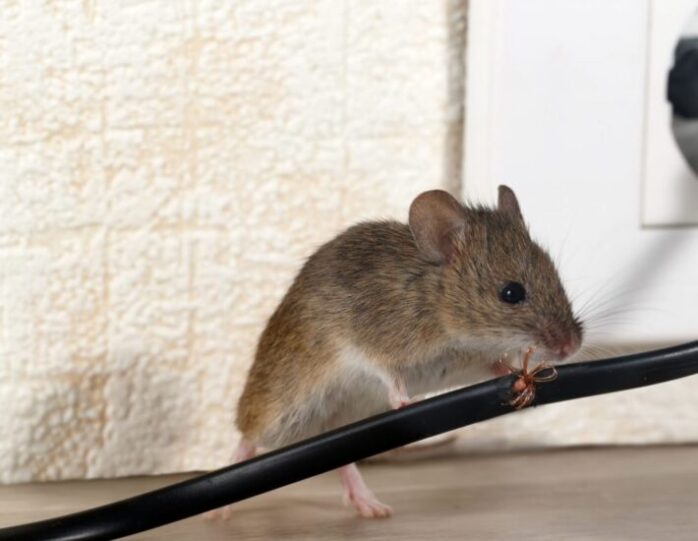
But in terms of effectiveness, traps are considered as the safest and most effective method of rodent control. Plus, the live capture traps are also considered as the most humane method, a significant concern for people who believe that every creature has a place on Earth.
There are two types of traps to choose from as well. First, the snap traps trap mice between two clamps, which may or may not immediately kill the rodent depending on their size. Second, the multiple capture live traps usually leave the trapped mice alive since there are no clamps and the like. In both types, the standard baits are peanut butter, dried fruit, chocolate, and bacon.
The efficacy of traps largely depends on their placement and number.
- Set the traps close to the walls. Mice prefer to scurry close to their nests, as well as in dark corners and behind objects. So Place the traps so that the mice will directly pass over the trigger.
- Place as many traps as possible to eliminate the animals quickly. Using just a few pitfalls to remove a few mice is a standard error, so place at least three traps in a place where the pest activity was seen. Place the traps, too, no more than 10 feet apart in high mice areas.
- Place bait on an unset trap first, a practice known as pre-baiting, which will encourage the mice to eat the bait without hesitation. Once the rodent seems to gulp the bait, set the trap with its trigger in place, you will likely have higher success at trapping mice in this manner.
As with other types of rodent control methods, a trial and error style will likely be necessary before success with trapping can be enjoyed.
Boards
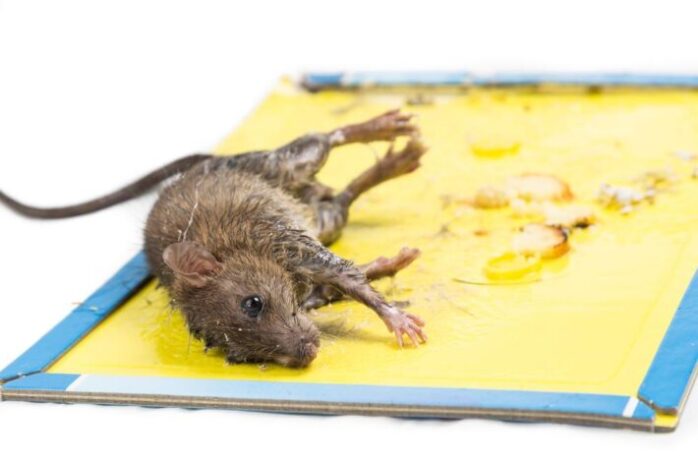
Glue boards work in a similar manner of flypaper, albeit with stronger glue used. These catch and hold rodents that cross their surfaces, often not allowing them to take another step to escape the strong adhesive.
These should ideally be placed side-by-side along walls where rodents like to go as well as in places where mice activity was observed. Depending on the estimated size of the mice, two to three glue boards are necessary, but there are also larger glue boards used for rats that can be used.
While glue boards have their merits, such as catching rodents wary of traps, these are less effective than traps. These lose effectiveness when the glue has been exposed to extreme temperatures, dust and dirt, and even exposure to air over a prolonged period. These are also not recommended in areas where children and pets are likely to pass by.
Baits
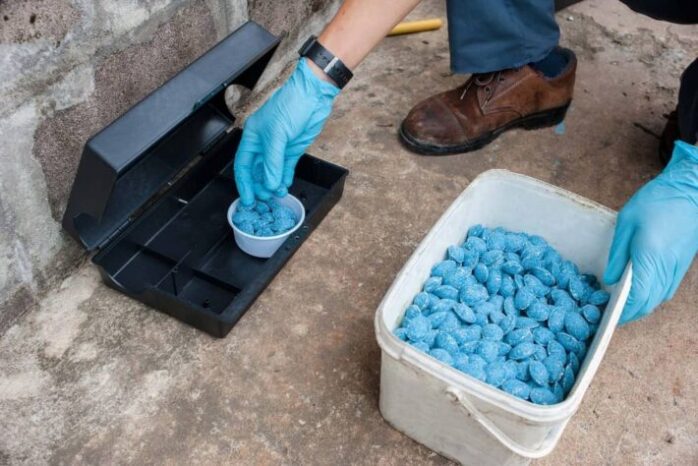
Poisonous baits usually kill rodents, including mice and rats, gradually instead of an immediate kill. These come in numerous forms, too, including grain baits in pellets and meal forms as well as block baits; the grain baits are usually packaged in cellophane, plastic, or paper, which allow the mice to gnaw into the packet and feed on the bait.
For practical use, the baits should be appropriately placed. First, place rodenticides no farther than 10 feet apart, preferably where these rodents live or feed. Second, put them in several locations since these animals can choose from different places for their food. Third, secure the bait to a fixed object so that it doesn’t move around too much.
Be careful about rodenticide placement when there are children and pets in your home. Keep in mind, too, that most rodenticides cause death a few days after their ingestion, and after a few feedings, some strong rodenticides kill after a single meal. For this reason, it may be necessary to pinpoint where the dead mice may be; otherwise, you have another issue in your hands.






